In recent years, the demand for Massive Open Online Courses (MOOC platforms) has surged globally. This increase is driven by the flexibility, accessibility, and affordability MOOCs offer to learners from all backgrounds.
As traditional education systems face challenges in meeting the needs of a rapidly evolving workforce, online course platforms provide an effective alternative for upskilling, reskilling, and lifelong learning.
The pandemic further accelerated this trend, with more individuals and institutions recognizing the value of online learning in fostering global knowledge exchange and personal growth.
Stay tuned till the end and explore the global MOOC market, the opportunities, and how to build a profitable MOOC platform, a step-by-step guide.

Understanding the Modern MOOC Movement
What Are Massive Open Online Courses (MOOCs)?
MOOCs are affordable open online courses available to learners worldwide. As the name suggests, MOOCs are developed to accommodate a large student population at a time.
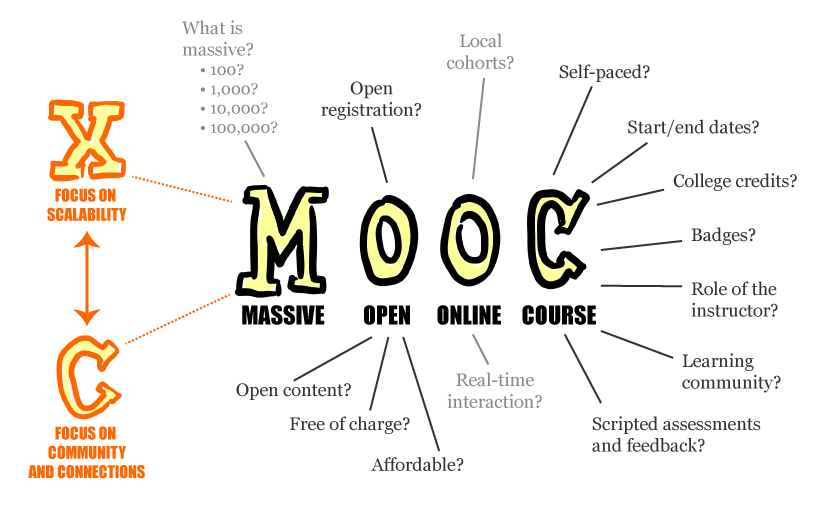
Open enrollment i.e. year-round enrollment, cross-device accessibility, and self-paced learning modules are the major offerings of MOOCs. While most MOOCs are free, leading MOOC platforms like edX and Udemy, charge a nominal fee for providing verified certifications.
MOOCs vs Traditional Education
Beyond On-Campus Education
Unlike traditional education, students don’t have to be on campus to attend lectures. MOOCs allow students to access online courses from any geographic location and at any time.
Dynamic Course Curriculum
MOOCs are not bound by any pre-scheduled academic curriculums. Instructors or course providers can create and update MOOC courses as required.
Global Access to High-quality Education
Great trainers/instructors are not limited to traditional classroom education anymore. By leveraging the power of MOOC platforms, best-of-the-best educators are now reaching students worldwide.
Personalized Learning Experience
Learners do not need to undertake a prescribed series of courses anymore. Online courses can be personalized as per learner’s needs and convenience.
Exposure To Extended Community
MOOC platforms allow students to engage in online communities and make new connections. This allows students to interact and learn from each other.
Which Are The Most Popular MOOC Courses in 2024?
MOOCs have vast branches – Computer Science, Information Technology, Data Engineering, Languages, Psychology, Writing, Fitness, Marketing, Electronics, and much more.
The most popular online courses that are in great demand among online learners include Business & Management courses, Accounting courses, Computer Programming, Creative Arts, Data Science, Finance, Engineering, Health & Wellness, and Media Studies courses.
Benefits of MOOCs
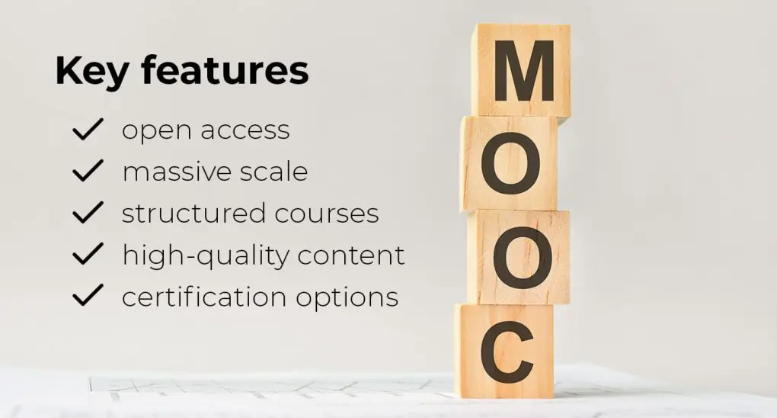
Adaptability
MOOCs can be used in multiple environments such as Corporations, Educational Institutions, Health Care Organizations, Fitness Academy, and others.
Affordable learning
Compared to conventional institutional courses, MOOCs are much more cost-effective. Many MOOCs are free or offered for a small fee. This greatly helps learners who can’t afford formal education.
Accessibility
MOOCs are developed to provide education on a global scale. The open online courses break down geographical barriers, allowing learners from different parts of the world to access high-quality educational content.
Diverse course offerings
MOOC platforms offer a wide variety of online courses ranging from academic subjects to niche topics. Online Learners can choose any course they want – Full Stack Development, Data Engineering, Journalism, Psychology, and more.
Learn at your own pace
Learners can access MOOC video lectures at their convenience from anywhere and on whichever device they want. Flexible Learning is one of the pillar advantages of MOOC courses.
Global MOOC Market Scenario
MOOC Growth Trends
Massive Open Online Courses market size is anticipated to grow at a CAGR of 32% between 2024 and 2034, shifting the current market value from US$13.2 Billion to US$ 212.7 Billion by 2034.
The eLearning market is mostly driven by high-speed internet connectivity and advancements in digital technologies. The Covid-19 lockdown era played a critical role in triggering the demands for accessible, flexible, and cost-effective MOOC solutions.
Target Demographic Insights

MOOC platform’s total user base is expected to hit 1 billion by 2029. Mostly, students (High school, Undergraduate, and Graduate), Corporate employees, Tech enthusiasts, Professionals, and lifelong learners will be keen on enrolling in online courses.
List of Popular MOOC Platforms
Online Course platforms from North America dominate the global MOOC market with a share of over 40%. The most popular MOOC platforms in North America and the United States are edX, Coursera, Kadezene, Canvas Network, Udacity, and Complexity Explorer.
Also, the MOOC market in China is witnessing rapid growth, driven by the country’s significant investment and support in developing online course platforms. The big Chinese MOOC platforms include XuetangX, Zhihuishu, Xue Yin Online, eWant, and Open Education.
South Korea and Japan are also heavily investing in online education platforms to address the educational needs and skill gaps. Key MOOC players in the Asia Pacific region – JMOOC, Open Learning, Gacco, K-MOOC, ThaiMOOC, and SWAYAM (India).
Types of MOOC Courses
The current MOOC market is divided into three segments – Free MOOCs, Paid MOOCs, and Freemium MOOCs.
A majority of MOOCs are available for free and any student can avail enrolment without any eligibility barrier. A few universities and private companies offer paid MOOCs where certifications and live lectures are involved.
Freemium MOOCS are in great demand as they offer open online courses for free but charge a small fee for additional content or certifications. This MOOC model is a win-win thing both for course providers and learners.
MOOCs and The Future of Online Education
Online learning platforms are gradually expanding into new regions and languages. Recently, we witnessed a huge surge in MOOCs from the Europe region.
With the emergence of new technologies like AI, VR/AR, and Machine Learning algorithms, we expect better scopes for interactive and personalized learning.
The future of online education, driven by MOOCs, looks promising as it democratizes learning, making education more accessible, flexible, and affordable.
Get Started with your own-branded MOOC platform with Muvi One
Who Needs To Launch Their Own MOOC Platform?
Starting a MOOC (Massive Open Online Course) can be a rewarding venture for various types of individuals and organizations. Here’s a look at who might consider launching their own MOOC and why:
Universities/Institutions
Leveraging the technology of MOOC platforms, educational institutions can move beyond boundaries and offer high-quality academic online courses to a global audience.
Many reputed universities like MIT, Harvard, and Stanford have their own online learning platforms for delivering educational courses to learners worldwide.
Private Organizations
Many private companies are adopting the MOOC trend to train and empower their employees. Upskilling or Reskilling of employees has always been the priority, and MOOCs are greatly catering to the demands.
The big MNCs have built their own MOOC platform, providing a flexible learning environment where employees can balance their work and skilling, without compromising their career journey.
EdTech Course Creators
EdTech startups and entrepreneurs who are into educational content creation can create their own MOOC platform, providing scalable training solutions.
Even subject matter experts who have specialized knowledge or unique perspectives in niche areas can leverage MOOC platforms to disseminate their research and teachings globally.
Government and Public Sector Organizations
In North America, the Federal Government has collaborated with leading ed-tech firms to build their online course platforms.
Together, they create and distribute MOOCs to provide training and education on public services, policies, or civic responsibilities.
Not limited to the above personas, Independent Educators/Trainers/Coaches can also create their own MOOC Platforms to build a personal brand and reach a global audience.
How To Create a MOOC Platform Like edX – Explained in 9 Steps
Building a MOOC (Massive Open Online Course) streaming platform like edX and Coursera involves a multifaceted approach, combining technology, content creation, business strategy, and user experience design. Here’s a comprehensive guide to help you get started:
1. Understand the MOOC Market and Target Audience
Market research and planning are the foundational steps for building a solid MOOC platform. Identify your niche – Leverage your field of expertise and find out on which topics you can create online courses.
Depending on your subject area, determine the target audience. Whether you will be creating online courses for students or professionals, have a precise picture of that.
Also, do a competitor analysis and study existing platforms like Coursera, edX, Udacity, and identify gaps or opportunities.
Decide on your business model on the very first step – Choose any revenue stream – ads, subscriptions, certification fees, or corporate partnerships, catering to your MOOC platform needs.
2. Develop an Efficient MOOC Platform Infrastructure
Determine the technologies you want to integrate into your online course platform. Some common choices include:
Frontend: HTML, CSS, JavaScript (React, Angular, Vue.js)
Backend: Python (Django, Flask), Node.js, Ruby on Rails, Java
Database: MySQL, PostgreSQL, MongoDB
Hosting and Cloud: AWS, Google Cloud, Microsoft Azure.
Hire or collaborate with experienced MOOC platform developers and build a reliable online learning platform that will help you deliver high-quality online courses to the global masses.
3. Create Online Courses and Integrate CMS
Develop a concrete strategy for creating or sourcing high-quality educational content. You can collaborate with reputed course providers in the e-Learning community and host their content on your MOOC platform.
When creating your online course modules, make sure to invest in good recording equipment for quality video production. It is also necessary to structure the online course into small modules and lessons for the student’s convenience.
Also, a dedicated Content Management System (CMS) integration is essential to upload, manage, and distribute online courses.
4. Design the User Experience and Interface of Your MOOC Platform
User Interface (UI) matters the most. Online learners are always in a hustle. They desire to learn quickly and that’s the primary reason they enroll in online course platforms.
For learner’s convenience, we recommend designing a clean, intuitive interface for ease of usability and navigation. Also, structurize a seamless User Experience (UX) enabling easy enrollment, course discovery, and progress tracking.
Don’t forget to ensure the accessibility of MOOC platform on mobile devices through responsive design or a dedicated mobile app.
5. Customize Your MOOC platform’s Features and Functionality
To make your online course platform interesting and drive real-time learner engagement, you need to enable an easy course enrollment and management workflow.
Allow users to enroll in any course they want, track their learning progress, and access available study materials. For interactive online learning, implement features like discussion forums, peer reviews, live sessions, and certification mechanisms.
Set up secure payment gateways for course purchases and subscriptions (i.e. PayPal, stripe).
6. Ensure Seamless Video Delivery and Scalability
MOOCs mainly involve on-demand video lectures and live tutorials/webinars. In both cases, reliable video streaming is essential.
By integrating world-class streaming technology and CDN (e.g., AWS S3, CloudFront, Muvi) in your MOOC platform, you can open scopes for high-quality, scalable video delivery.
Make sure the video streaming integration uses scalable cloud infrastructure and CDNs and is capable of handling a large number of simultaneous users.
7. Enable Digital Content Protection To Avoid Piracy
When dealing with open online courses, there are high chances of content infringements. To protect your Massive Open Online Courses against illegal usage and downloads, it is important to enable Content Security features.
Use multi-DRM content protection with dynamic watermarking to secure your video lectures online. Invest in the security of your MOOC platform and save BIG!!!
8. Plan a Marketing Strategy To Aquire Learners
Learner acquisition is the key to MOOC success. You need to discover potential ways to reach out to your target audience.
Invest in social media, content marketing, and partnerships in the initial phase to gain market exposure. You can also leverage the power of Meta Ads and Google ads with a fixed ad budget to acquire learners worldwide.
Also, utilize freemium Massive Open Online Courses involving certifications and referral programs to attract new users.
9. Launch Your MOOC Platform and Scale up
Roll out your online course platform with a big shoutout on social media or a press release. Stay open to feedback and make necessary changes.
Offer customer support to assist users with technical or course-related inquiries. Also, Continuously monitor performance and scale infrastructure as the user base grows.
Creating a MOOC platform like edX and Coursera is a complex but rewarding endeavor that involves careful planning and execution across multiple domains. Focus on delivering high-quality online course content and a seamless user experience to differentiate your MOOC brand in a competitive online learning market.

Create a Successful MOOC Platform with Muvi’s Ready-To-Go MOOC Solution
A custom-built online course platform offers great flexibility and control but requires significant development resources and time.
Even if you hire a bunch of top-notch software developers, it would take at least 6 months to build a MOOC platform from complete scratch.
Moreover, the cost involved in platform and infrastructure development is way too much, i.e. around US$ 80,000. There are also other costs to attend – Content Creation, Marketing, Platform Maintenance, Operational costs, and more.
With Muvi ONE (Ready-To-Go MOOC Solution), you can launch your own branded online learning platform in just one day and sell online courses to students worldwide. Every essential MOOC feature is already integrated – the front-end, back-end, streaming technology, CDN, Encoders, Transcoders, Online Video Player, Security configurations, and interactive learning features, get everything built-in.
Key Highlights of Muvi One’s MOOC Platform
Easy Zero Coding Setup
Live & On-Demand Classes
Course Progress, Grades, and Certificate Management
Multi-Lingual Learning
Native mobile apps
Real-Time Learner Analytics
Fully customizable Learning Management System
No hefty upfront investment is required. You can get started with Muvi One at just $399 per month. If you want to explore the look & feel as well as features of our online course platform, here is a 14-day free trial for you.
In case you want to have a direct talk with our team and seek a demonstration of the Ready Made MOOC solution, please Register here.
Recommended Reads:
How to Build an eLearning Website like Udemy and Coursera?
5 Building Blocks of eLearning platform
A Complete Guide to Launching Your Own eLearning Portal Like Udemy With Muvi
How To Grow & Improve Your Online Learning Business
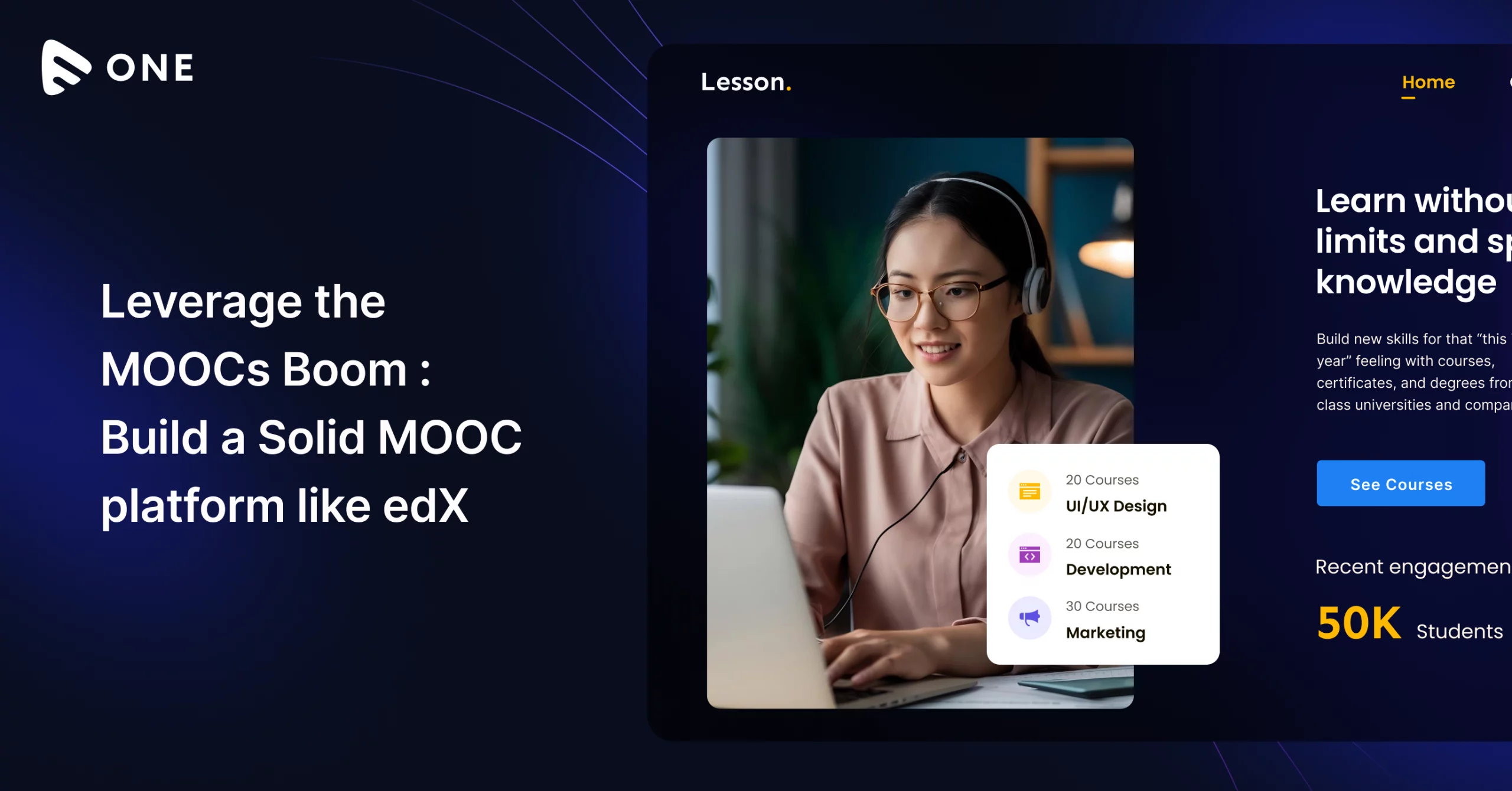







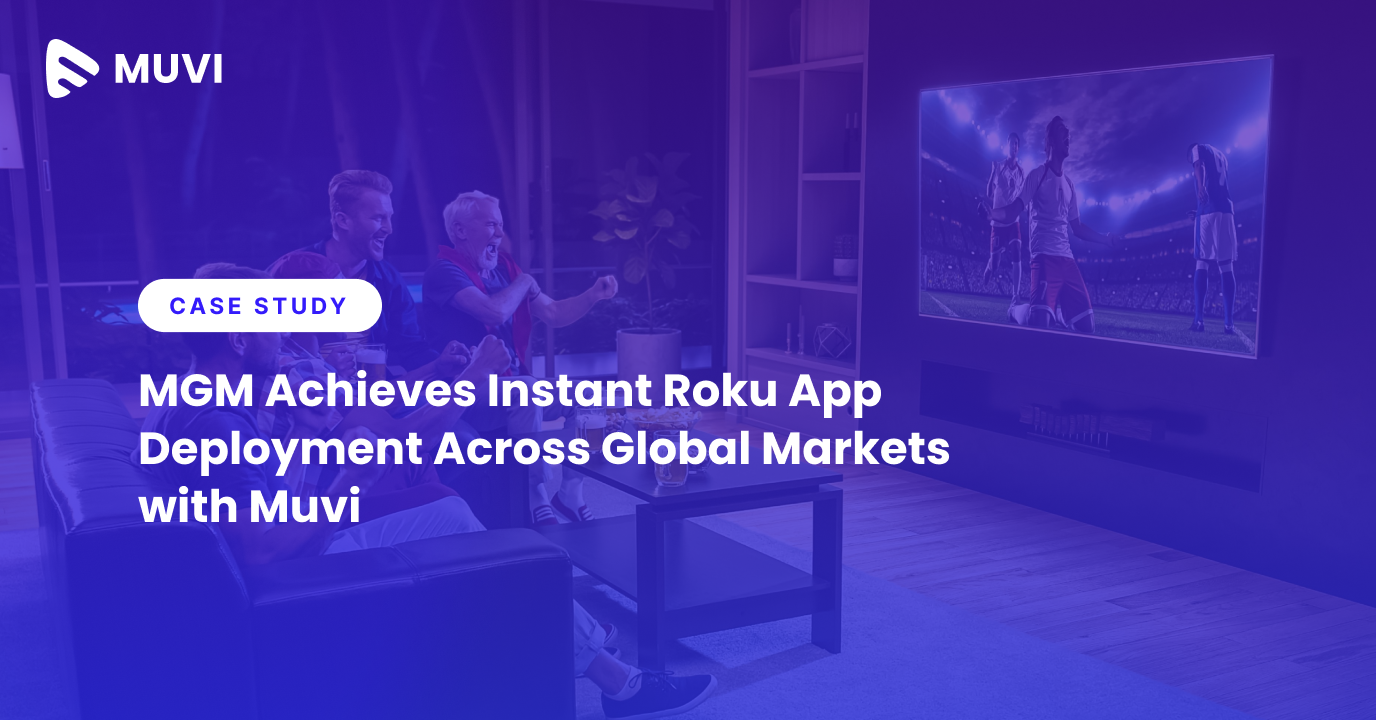
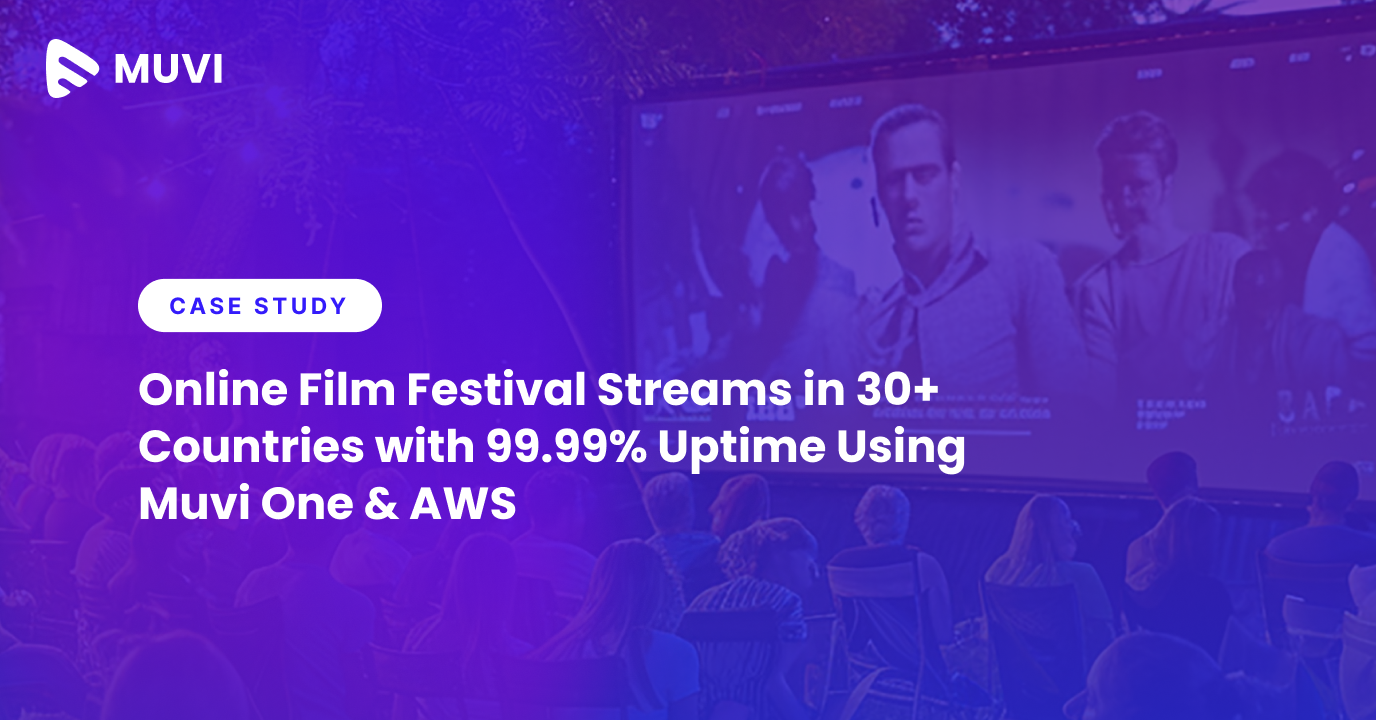




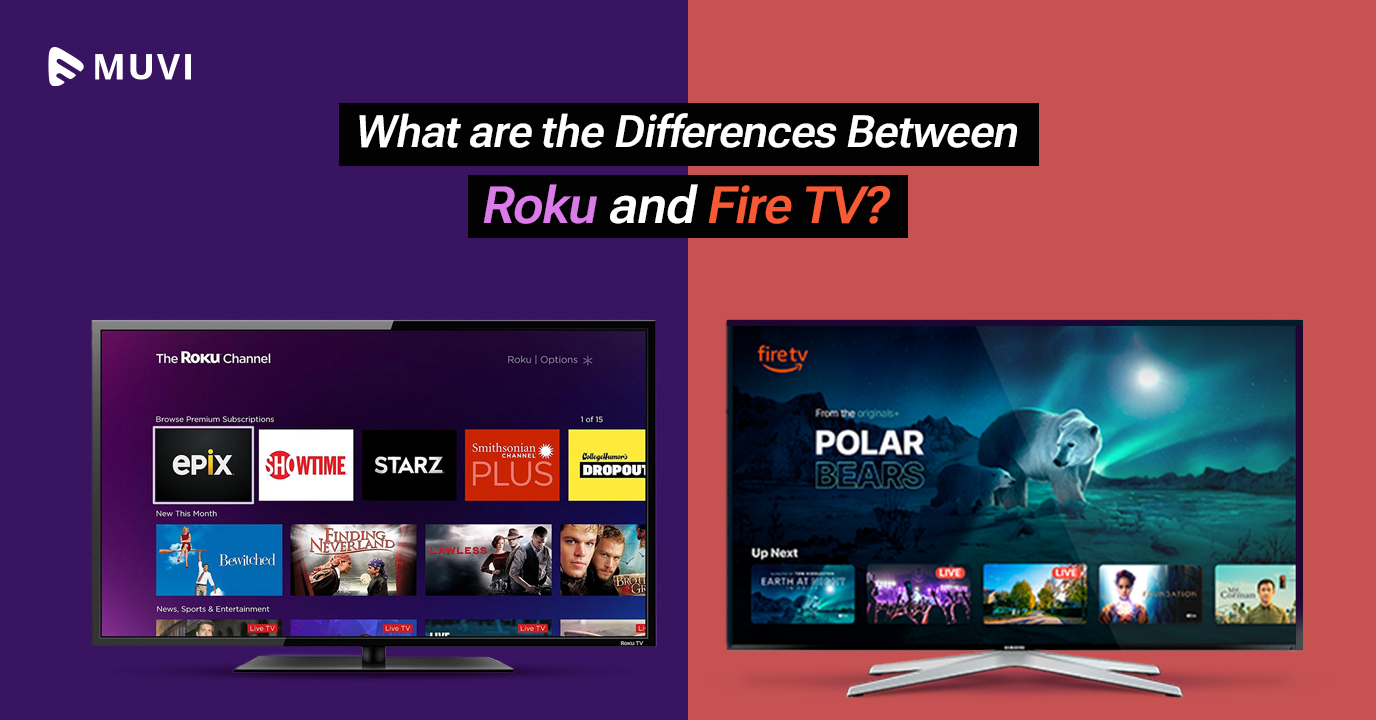
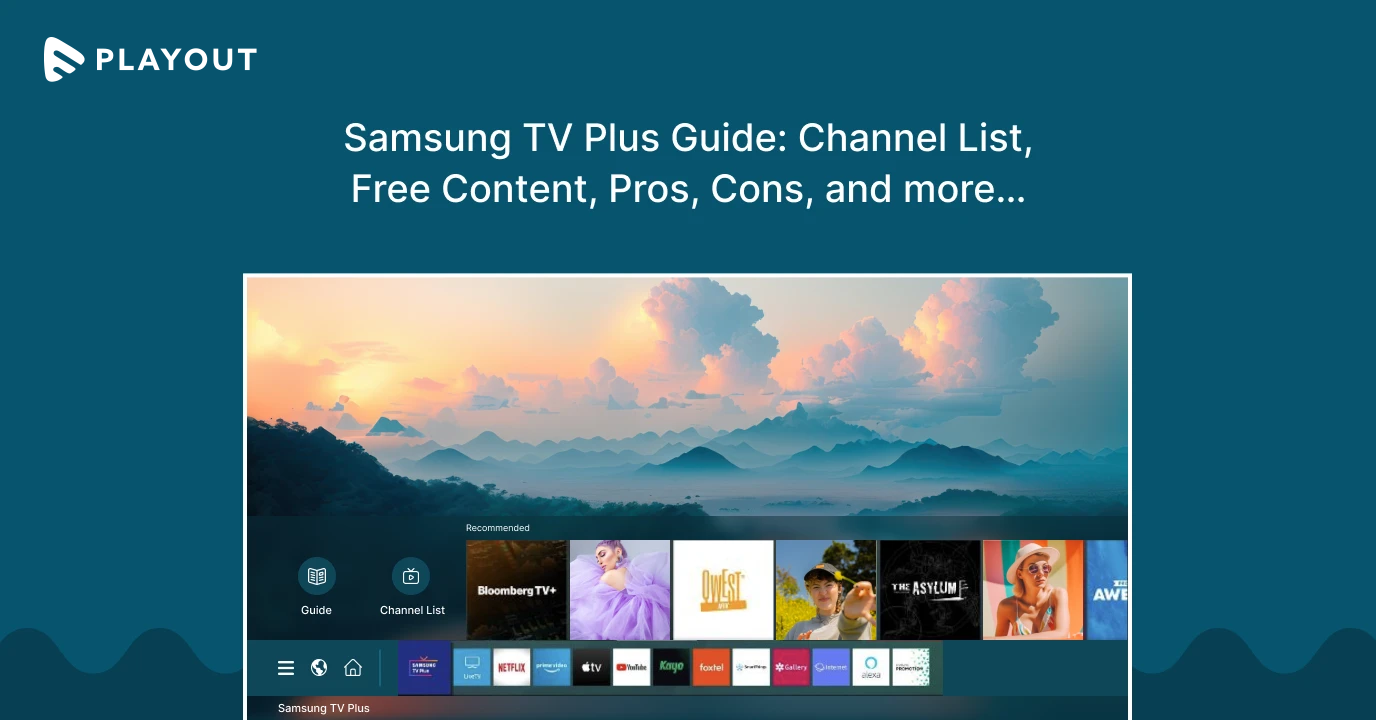
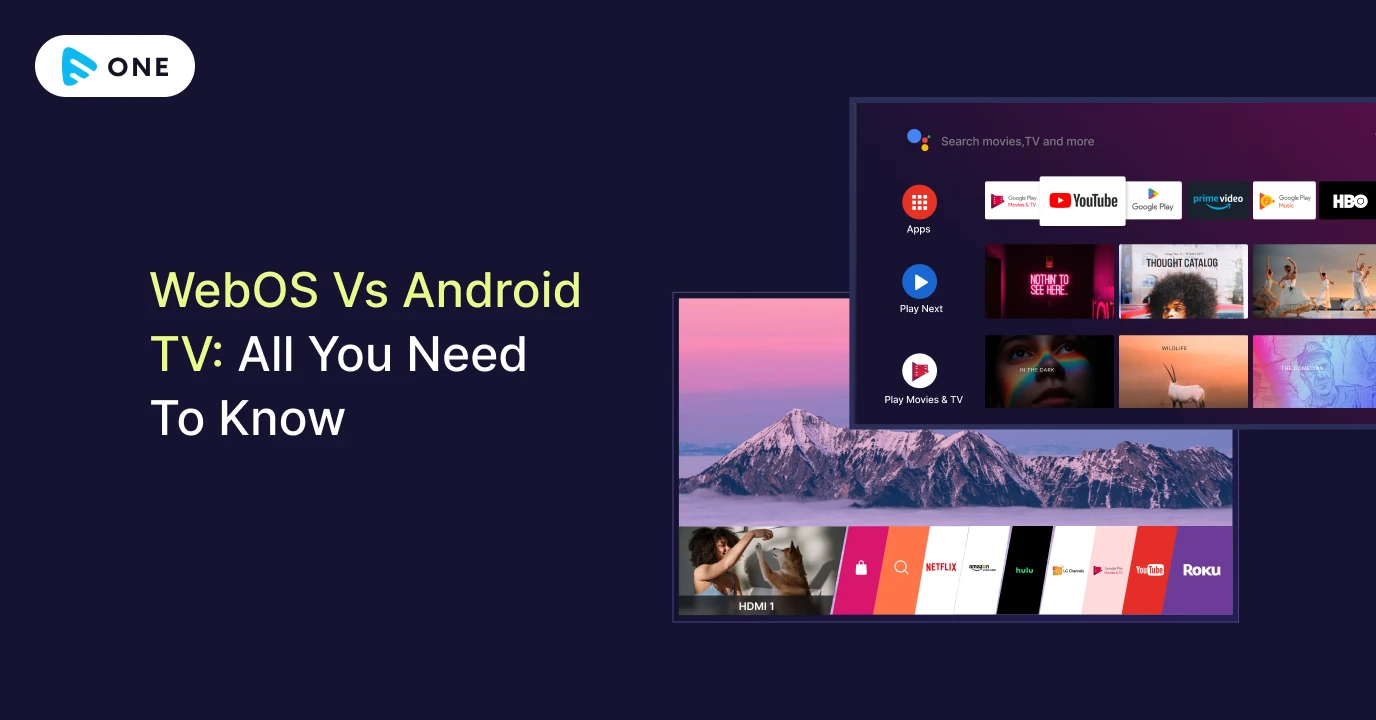



Add your comment